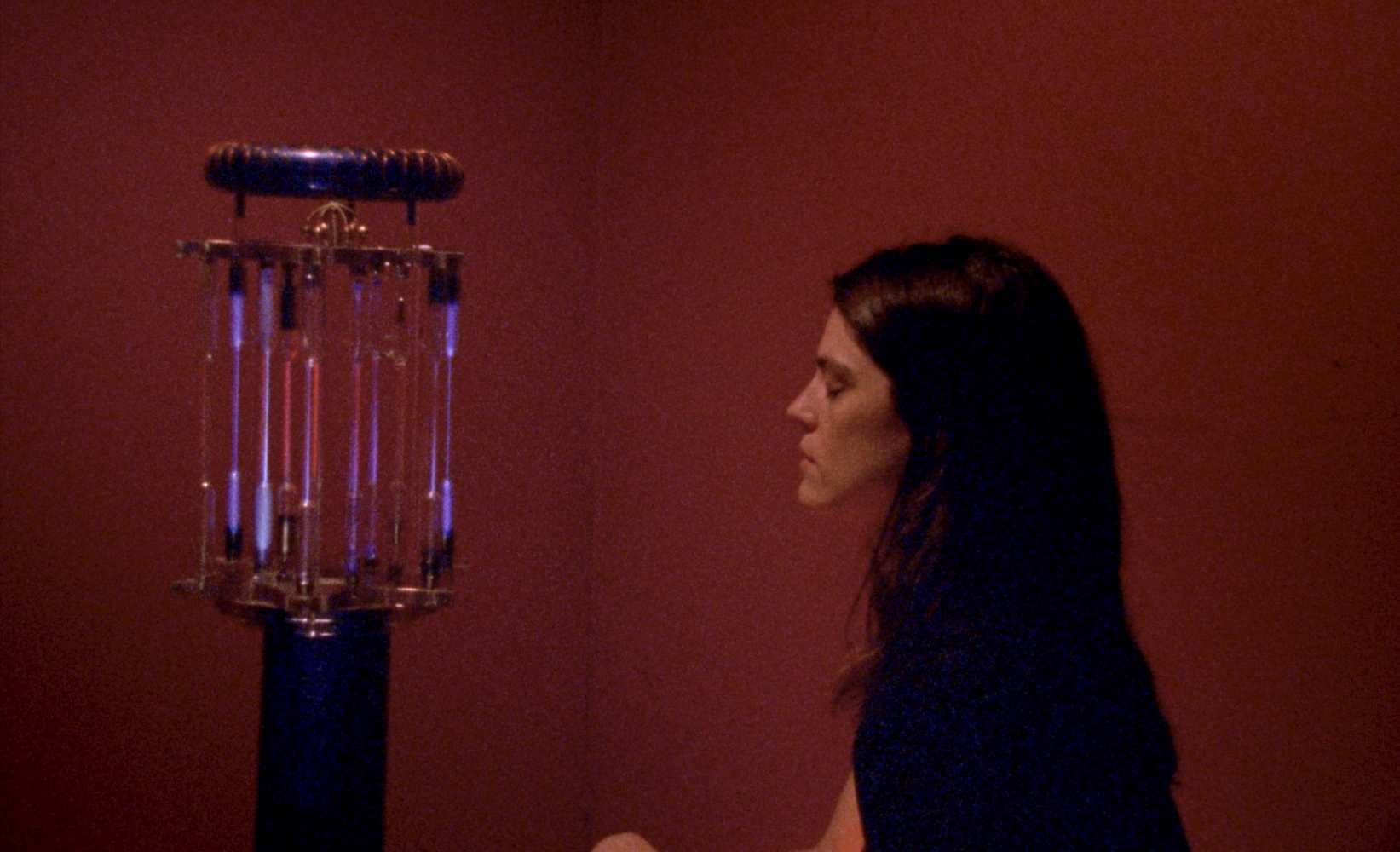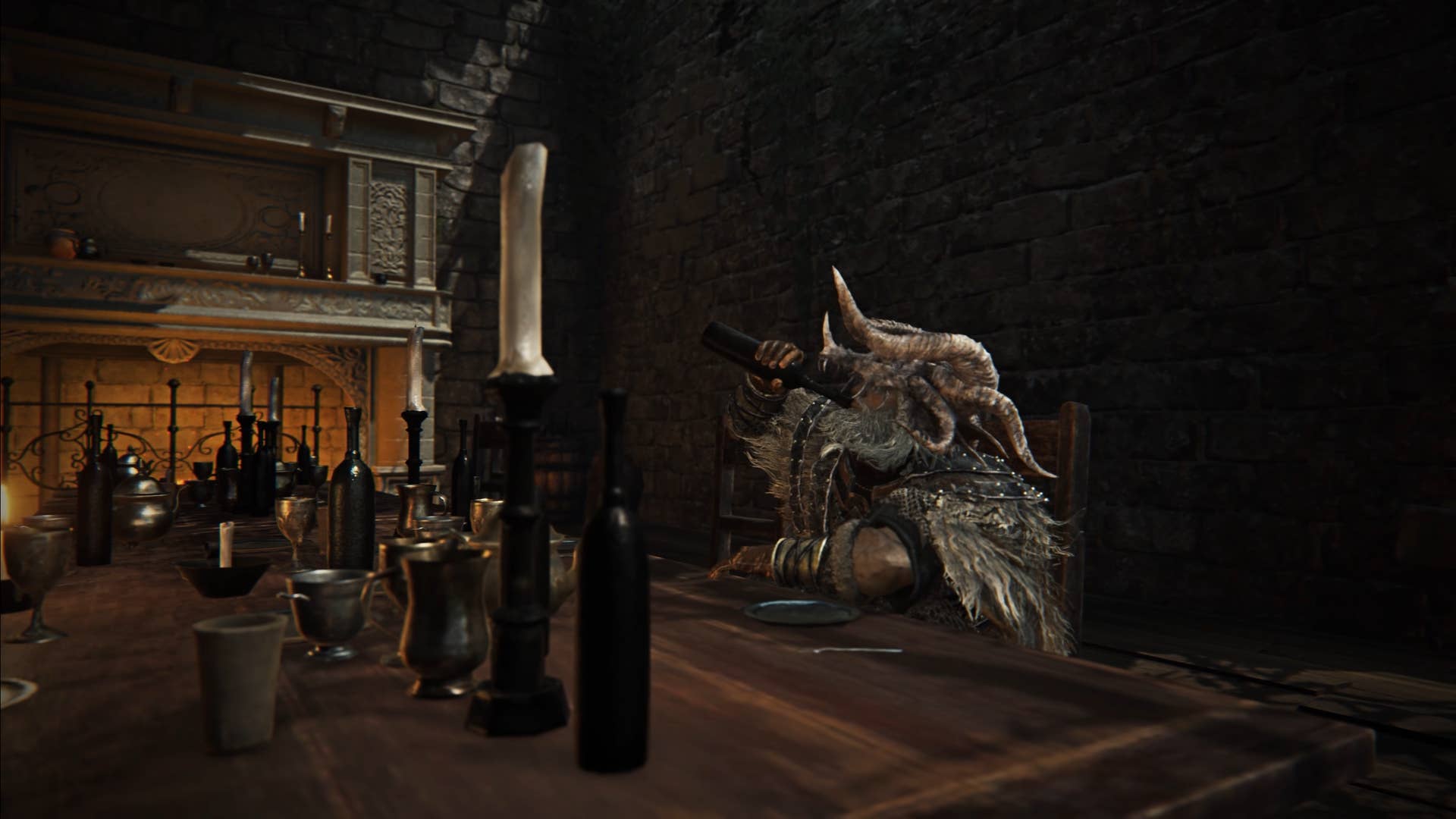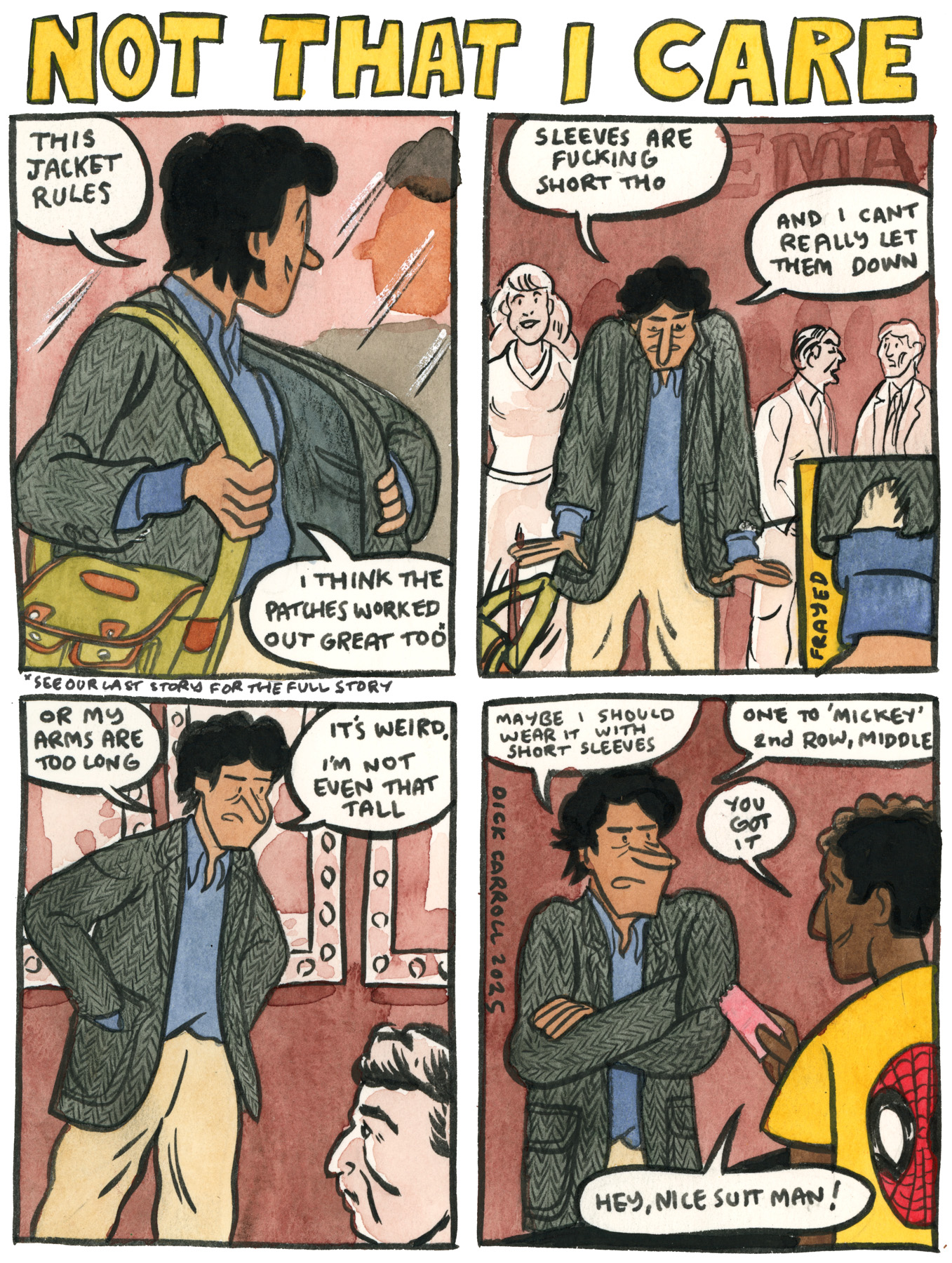‘John Proctor Is the Villain’ Broadway Review: Sadie Sink Deconstructs ‘The Crucible’
The "Stranger Things" star returns to the stage in yet another play about white male toxicity The post ‘John Proctor Is the Villain’ Broadway Review: Sadie Sink Deconstructs ‘The Crucible’ appeared first on TheWrap.

We can only wait for such new revisionist plays as “Blanche DuBois Is the Drag Queen” and “Mama Rose Is the Real Feminist.”
Kimberly Belflower’s play “John Proctor Is the Villain” opened Monday at the Booth Theatre after recent productions in D.C. and Boston. Belflower teaches playwrighting at Atlanta’s Emory College, and before the pandemic, her play had been workshopped at a few colleges. Belflower clearly knows what she’s writing about with this classroom comedy, and the best thing about “John Proctor” is the assignment high school students are given to create a scene between two characters in “The Crucible” that never meet in Arthur Miller’s 1953 play about the Salem witch trials.
Two female students (Sadie Sink and Amalia Yoo) slyly upend the intentions of their teacher (Gabriel Ebert) by picking the “Crucible” characters Abigail Williams, the teenager who has had an affair with the philandering farmer John Proctor, and Elizabeth Proctor, the cuckquean spouse. OK, the “cheated-upon” wife is probably better, but you get the picture. The English language is biased, and a lot of literary classics have not only been written by men, they have been interpreted from their perspective, too.
As a teacher and writer, Belflower pulls back the curtain on Miller to show his wolf’s clothing. It’s not a difficult task. For decades, critics have looked askance at his female characters. Miller’s contemporary Tennessee Williams had come under a different kind of attack, most famously that his female characters are gay men in drag. I once interviewed the great actor Kathleen Chalfant about the author of “A Streetcar Named Desire” and “Cat on a Hot Tin Roof.” She rejected the claim. However, without prompting from me, she mentioned the problem with Miller’s female characters, calling them “very reactive” and not the kind she liked to play on stage.
This interview took place over 30 years ago, so Miller being put on the chopping block is nothing new. The best thing about Belflower’s female-student characters is that they are not reactive. They leave that submissiveness to their female guidance counselor (Molly Griggs), who needs to be taught a lesson by her younger and much more liberated students.
As a critic, I sometimes wonder if playwrights ever go to the theater. If they did, they would know that contemporary plays are replete with strong female characters and it is equally replete with villains who are invariably white, straight and male. I’ve written that sentence almost as much as I’ve written that playwrights invariably cast journalists as villains (who are often white, straight and male) in their plays and musicals.
Ebert’s white, straight and male teacher is probably the most charming of that growing, crowded field of villainous characters. Watching “John Proctor,” I was reminded of Pauline Kael’s review of the film version of “The Prime of Miss Jean Brodie,” and how Maggie Smith’s character is a fascist but she’s also the only interesting teacher at the school.
Ditto Ebert’s teacher. Ebert delivers this production’s only compelling performance, and when he leaves the stage, I could only wait for his theatrical toxicity to return to give me something to watch.
He is not the only white, straight and toxic male on stage. There’s a jerk-in-waiting with the male student played by Hagan Oliveras. He contrasts too neatly with the male student played by Nihar Duvvuri, whose much-lauded feminism — if you squint a little — is his modus operandi for getting laid. I doubt Belflower intended me to see his manipulative feminism this way.
Nontraditional casting reigns in the New York theater, except in one respect. Toxic male characters must be cast with white actors.
“John Proctor” is written in short snippets of scenes, often the crutch of a novice playwright. Danya Taymor’s direction looks to punch up all these scene changes with flashy interludes that offer blinding shots of lightning (by Natasha Katz), ominous “Carmina Burana”-esque music (by Palmer Hefferan) and a black-lit classroom set (by Amp and Teresa L. Williams) that jiggles. It’s all about as subtle as Taymor’s direction of her cast, Ebert excluded.
The post ‘John Proctor Is the Villain’ Broadway Review: Sadie Sink Deconstructs ‘The Crucible’ appeared first on TheWrap.




![How That Shocking Death in the “Daredevil: Born Again” Season Finale Came Together [Spoilers]](https://i0.wp.com/bloody-disgusting.com/wp-content/uploads/2025/04/OTK-109-59461_R-scaled.jpg?fit=2560%2C1707&ssl=1)


![‘Haruki Murakami Manga Stories Vol. 3’ Gives Foreboding Fiction a Macabre Makeover [Review]](https://i0.wp.com/bloody-disgusting.com/wp-content/uploads/2025/04/Haruki-Murakami-Manga-Stories-Vol-3-Car-Attack.jpg?fit=1400%2C700&ssl=1)










































![Prole Models [CITIZEN RUTH & INVENTING THE ABBOTTS]](https://jonathanrosenbaum.net/wp-content/uploads/2009/07/citizenruthposter1-209x300.jpg)







































































































































































![Courtyard Marriott Wants You To Tip Using a QR Code—Because It Means They Can Pay Workers Less [Roundup]](https://viewfromthewing.com/wp-content/uploads/2025/04/tipping-qr-code.jpg?#)
























.png?width=1920&height=1920&fit=bounds&quality=70&format=jpg&auto=webp#)































































































































.jpg)
































































































































